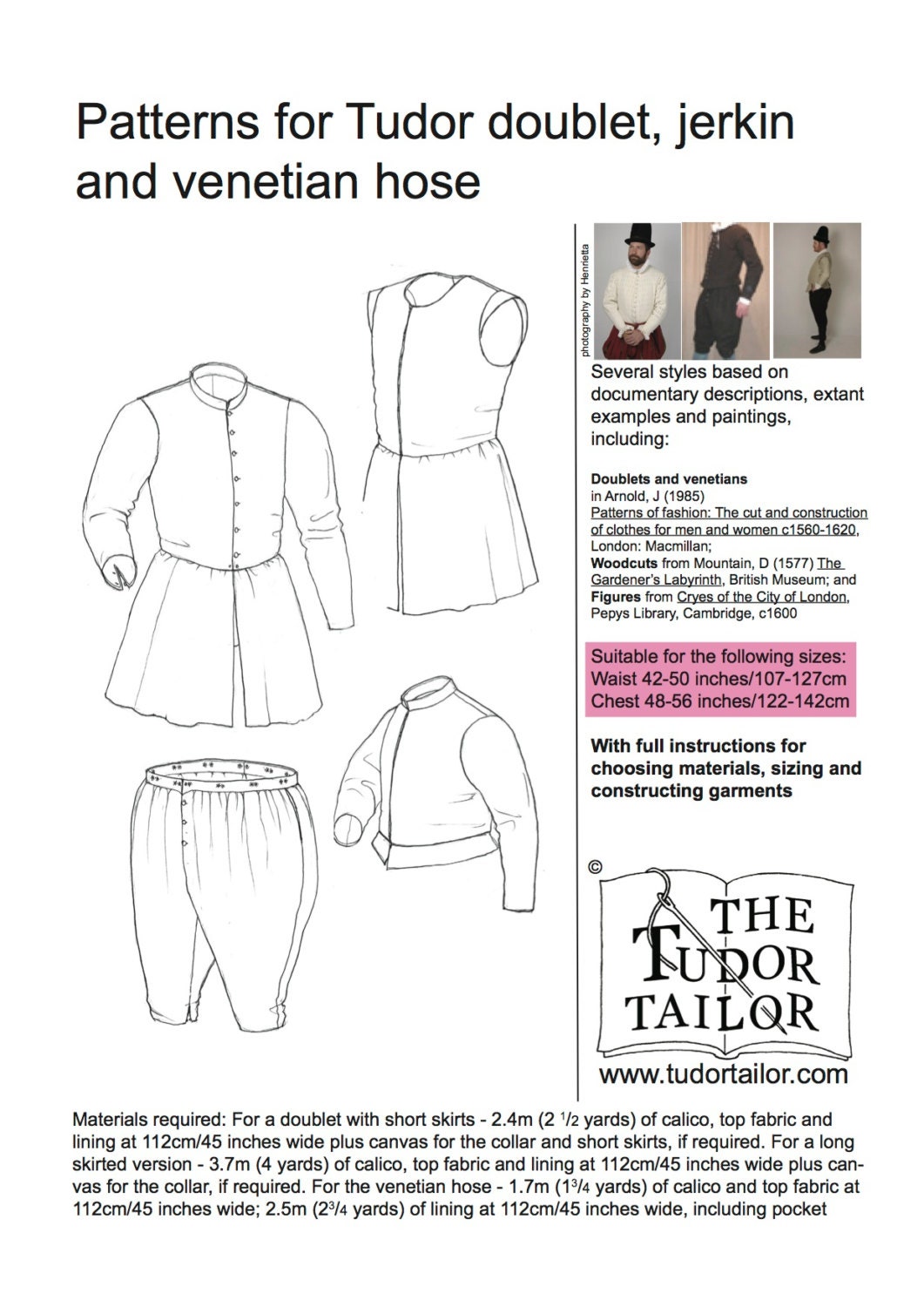Now, in the interim, news came over the wires that there would be an heraldic display competition at Mudthaw (as I mentioned in passing a few posts ago). At the time I was full of large ideas about now making a banner for myself, and I started digging into that thought, though getting mired in the dilemma over whether to do a painted one or a fabric one; and then suddenly, brain said HEY IDIOT YOU JUST SPENT A ZILLION HOURS ON A HERALDIC BANNER WHY NOT SHOW THAT RIGHT NOW AND NOT KILL YOURSELF MAKING ANOTHER ONE IN FIVE WEEKS WHEN YOU ARE ALREADY FRIED.
This seemed like a reasonable suggestion from my ordinarily unreasonable brain; so I wrote the owner, and she kindly & enthusiastically shipped the banner to me. I figured I'd just tidy up any messy bits and close up the bottom seam, and Bjorn Stronginthearm's your uncle.
ha ha ha no
You see, the daisies bugged me. They bugged me a lot. Not only because they were kinda pooched, on account of only having had time to tack them down instead of properly appliquèing them; but I'd really intended to outline the petals in silver cord, so that each petal actually looked like, y'know, a separate petal. This would not only look better, but also be much more appropriate. (And also because it would make the banner shinier. SHINY! shiny.) And now I had the opportunity. PERFECT!~ THERE IS NOTHING WRONG WITH THIS PLAN
Well, except, consider: there are eighteen daisies on this banner. Each daisy has somewhere between 24 and 32 petals. (Most are closer to 32.) That's, let us say, 580 petals to outline (and they're pretty tight curves, being narrow petals, so not a fast couching job at all).
But I was determined, and I plunged in. I must say, it's looking really good, and makes a big difference. (There would be an example photo here, except that apparently I deleted the one I took with my phone a couple weeks ago?) It is, however, going as slowly as I feared; I usually don't even finish a single daisy in an evening, unless I stay up way later than I ought to. And the time pressure is further increased by the fact that I had a pre-scheduled long weekend away, and this is by no means a traveling project. So that removed four days of possible work, including two weekend days (though it isn't entirely lost time, as I'm presently sitting in the airport writing my documentation as well as this blog post).
I was getting increasingly worried about my ability to finish it all before the event, so I started doing every other daisy, so that if I do run out of time it'll at least look kinda deliberate. (I mean, I'd specify in the documentation anyways that it's a work in progress; but there is a subconscious effect on the viewer if it looks regular and intentional, regardless of what the intellect knows.)
Of course, I'll have to make time to re-attach the lining now, since of course I had to cut open the side seams to do this work. And I may have to jettison (or at least postpone) my original plan of getting some fringe-y trim to put along the outside edges, which you see a lot in extant banners. But the end result will, I think, be worth it.
Also it's giving me a chance to binge-re-watch Babylon 5. Particularly Season 3. Because Marcus. <3
| Someone please make a "hey girl" meme out of Marcus. please. |

